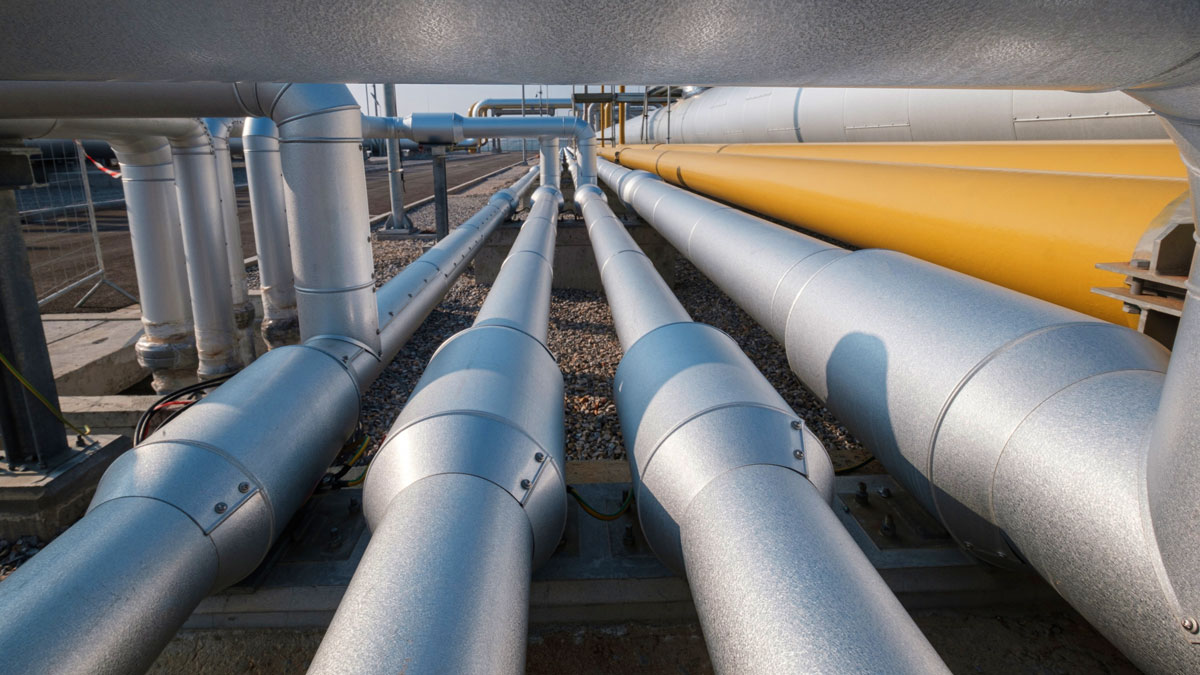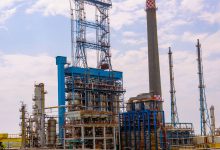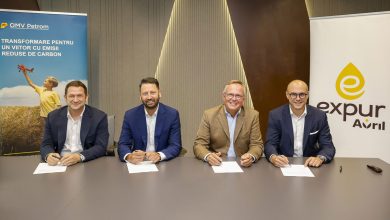Trans Adriatic Pipeline Starts Commercial Operations
Four and a half years after the inauguration of construction works in Thessaloniki, the Trans Adriatic Pipeline (TAP), an 878-km gas transportation system crossing Greece, Albania, the Adriatic Sea, and Italy, began commercial operations. A diverse team of industry professionals worked diligently and effectively under challenging conditions to safely deliver a strategic piece of energy infrastructure on schedule.
TAP is the European leg of the Southern Gas Corridor, a gateway project that will transport 10 billion cubic metres (bcm/a) of new gas supplies from Azerbaijan to multiple markets in Europe. The TAP system operates in line with internationally recognised quality, health, safety, and environmental standards, and is designed with the potential to double its throughput capacity to 20 bcm/a.
“Today, a long-term vision has become a reality! I am extremely proud of this achievement, made possible –first and foremost– thanks to the dedication and commitment of our people and everyone involved, the solid trust and unwavering support of our shareholders, all governments in the value chain and the European Union, as well as the suppliers and contractors that worked on the project. As a new transmission system operator, developed and built in compliance with best industry practices and standards, TAP enables double diversification: a new, reliable and sustainable energy route and source of gas reaching millions of European end-users, for decades to come,” Luca Schieppati, TAP’s Managing Director, commented.
“Southern Gas Corridor is the pioneering carrier of natural gas from Azerbaijan to Europe and one of the most modern and reliable systems currently available for transporting energy. As a key component of the 3,500km Southern Gas Corridor, TAP combines strategic and market competitive features. It ensures that Europe can receive supplies from yet another source, while supporting the key EU objectives of achieving an integrated energy market, and a sustainable, secure and diversified energy mix, contributing to ongoing streams towards clean energy transition,” Murad Heydarov, Chairman of TAP’s Board of Directors, added.
Trans Adriatic Pipeline Substantially Complete
After almost four and a half years since the start of construction, the Trans Adriatic Pipeline (TAP) is substantially complete. The TAP pipeline has been filled with natural gas from the Greek-Turkish border up to the pipeline receiving terminal in Southern Italy.
The Trans Adriatic Pipeline (TAP) AG started to introduce the first natural gas into a 2 km section of the pipeline in Greece between the Evros river and the Kipoi compressor station last November. This is the initial stage of the pipeline commissioning process, which aims to ensure that the infrastructure is entirely safe and ready for operations after the completion of the process, in line with national and international safety and operational standards.
Introducing gas into the pipeline system is another milestone towards the start of Shah Deniz 2 gas deliveries to Europe. Commercial gas flows through TAP were being planned to start in October 2020 when the complete asset all the way to Italy was expected to be commissioned and tested.
Following the commissioning of the first section, gas will continue to be gradually introduced into other sections of the Greek pipeline and beyond in Albania and Italy in the upcoming months. Connecting with the Trans Anatolian Pipeline (TANAP) at Greece’s border with Turkey, TAP stretches across northern Greece, Albania, and the Adriatic Sea before reaching Italy’s coast.
TAP is part of the Southern Gas Corridor, which also comprises the South Caucasus Pipeline (SCP) crossing Azerbaijan and Georgia, and TANAP.
More than 99 percent of trenching was completed along the Trans Adriatic Pipeline’s (TAP) route, TAP AG consortium reported.
TAP’s first offshore pipelines (7km) in Albania were successfully installed and backfilled in May. This is part of the 105 km section across the Adriatic Sea that will link the gas pipeline to Italy’s transmission network.
The pipes will be laid on the Adriatic seabed: 37 km in Albanian territorial waters, 25 km in Italian territorial waters; and 43 km in international waters.
The 878km long pipeline will connect with the Trans Anatolian Pipeline (TANAP) at the Turkish-Greek border at Kipoi, cross northern Greece, Albania and the Adriatic Sea, before coming ashore in Southern Italy, where it will connect to Italy’s gas transportation grid operated by Snam Rete Gas.
TAP is the European section of the Southern Gas Corridor, enhancing Europe’s energy security and contributing to decarbonisation and the diversification of gas supplies.
TAP’s shareholders include BP (20%), SOCAR (20%), Snam (20%), Fluxys (19%), Enagás (16%) and Axpo (5%).
Facts and figures
- TAP is 878 kilometres in length: 773 kilometres onshore and 105 kilometres offshore (roughly the distance from Rome to Munich)
- 3,500 kilometres – length of the Southern Gas Corridor gas value chain stretching from the Caspian Sea to Europe
- 38 metres – width of the right of way cleared and reinstated (roughly the length of 1.5 tennis courts). In Italy and the Albanian mountains, the right of way was narrowed to 18 metres.
- 15 MW – power of each of the three compressors installed at TAP compressor stations. 15 MW is equivalent to the power of approximately 26 Formula 1 cars (nominal power).
- 48 inches (120 centimetres) – pipeline diameter in Greece and Albania. The pipeline diameter offshore and in Italy is 36 inches (91 centimetres).
- 2,100 metres – TAP’s highest elevation point in the mountains of Albania
- 810 metres – deepest point beneath the Adriatic Sea
- 20 bcm/a – design capacity for the future (equivalent to providing energy for 14 million homes in Europe)
- 20-34 millimetres – pipeline wall sickness (depending on water depth)
- 220 kilometres – length of access roads upgraded in Albania
- 42 bridges constructed or refurbished in Albania, the length of which exceeds the Golden Gate bridge (1.6 km) in San Francisco, USA.
- 55,000 pipes used – laid end to end, roughly the distance between Rome, Italy to Zurich, Switzerland.
- 75,460 – the total number of pipeline welds in Greece, Albania, offshore and Italy
- 520,000 tonnes – weight of steel pipes (equivalent to 71 Eiffel towers)
- Working over 50 million man-hours and driving around 140 million kilometres, without any major incident – a world-class safety record
- Securing EUR 3.9 billion for project financing and complying with the lenders’ robust social and environmental requirements
- Continuously engaging with the communities along the pipeline route, TAP established trustful relationships and implemented a wide range of social and environmental investments, improving livelihoods
- Building a strong company culture based on the values of excellence, people, integrity, and responsibility, and summarised in the motto “how we achieve our results is just as important as the results themselves”
TAP’s shareholders have passed the resolution on the development and construction of the project at the end of 2013.








